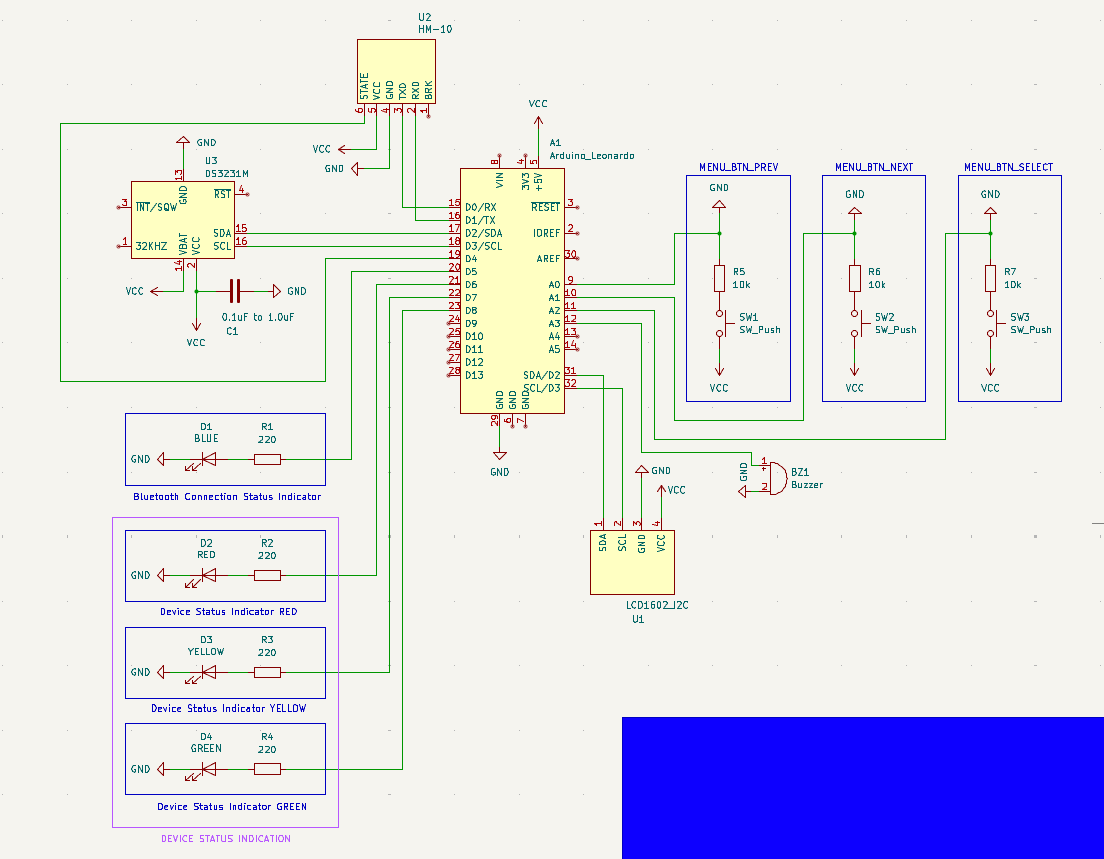this post was submitted on 16 Apr 2025
7 points (100.0% liked)
Electrical and Computer Engineering
1111 readers
2 users here now
Electrical and computer engineering (ECE) community, for professionals and learners. Discuss ECE related topics here, for instance digital design, signal processing, circuit analysis, electromagnetics, microelectronics, power electronics, RF electronics, etc.
founded 2 years ago
MODERATORS
you are viewing a single comment's thread
view the rest of the comments
view the rest of the comments

For really high speeds, even the size of ceramic is important, you'll want to overlap several sizes of ceramic caps to fully overlap any fluctuating voltages on the power rails to the IC.
This is a great explanation I used when I was still a young engineer: https://www.youtube.com/watch?v=BcJ6UdDx1vg
Thanks it actually was quite helpful to understand why I need to use such a capacitor for my chips! (Until towards the end he started getting really deep into it and my eyes glazed over)
Am I correct in assuming that my project and the chips I use do not really require me to put 3 or 4 different value capacitors in parallel instead of just one? Also, he mentions that its a good idea to use this technique on all chips, so would there be a downside to me placing a (or more) capacitor on the Vcc pin of all 3 of my chips (RTC, LCD display, Bluetooth) even though their datasheets might not specifically mention requiring them? Basically, if I have the capacitors, is there a reason to not put a decoupling capacitor on the Vcc pin of any chip in your circuit?